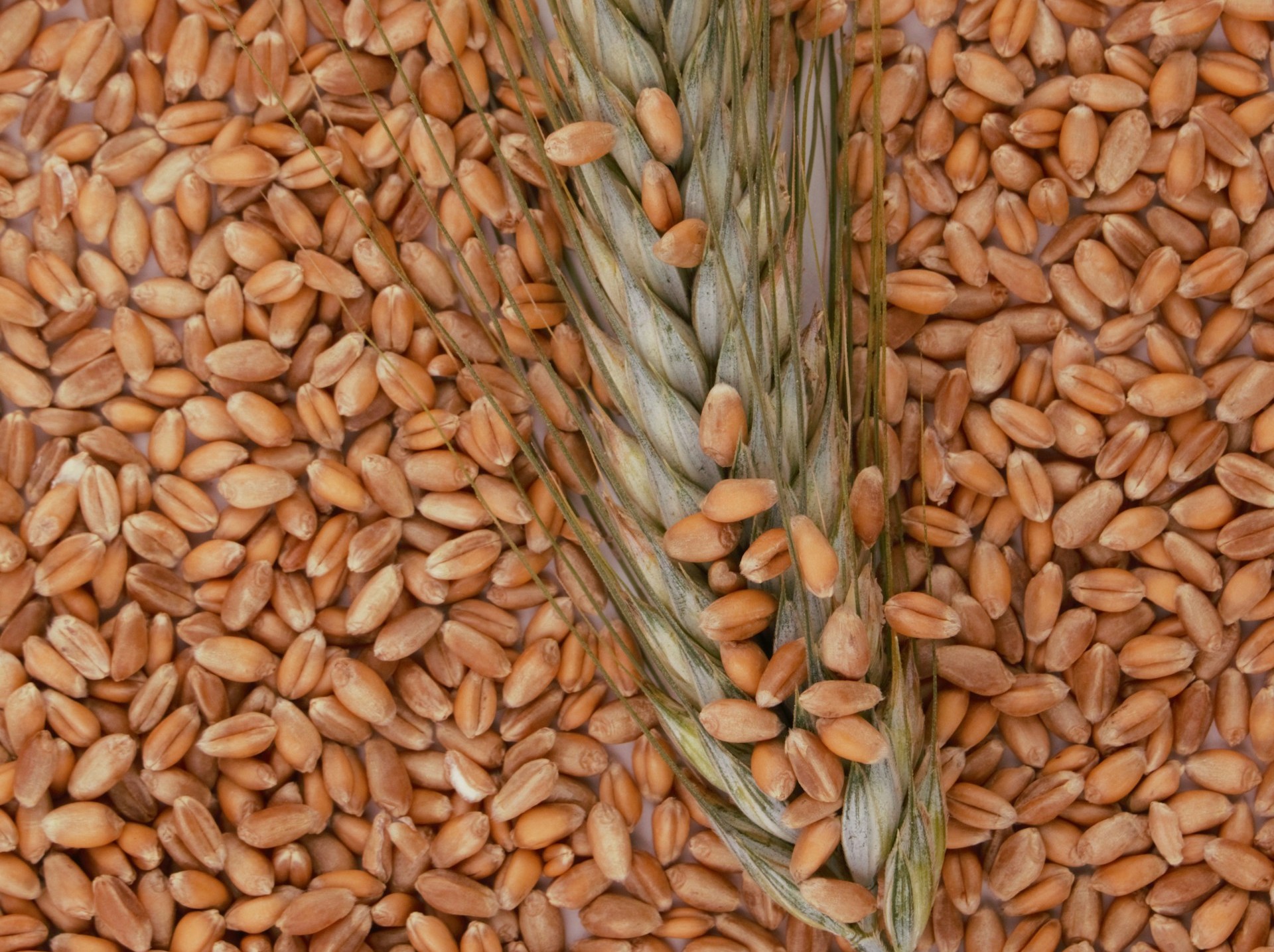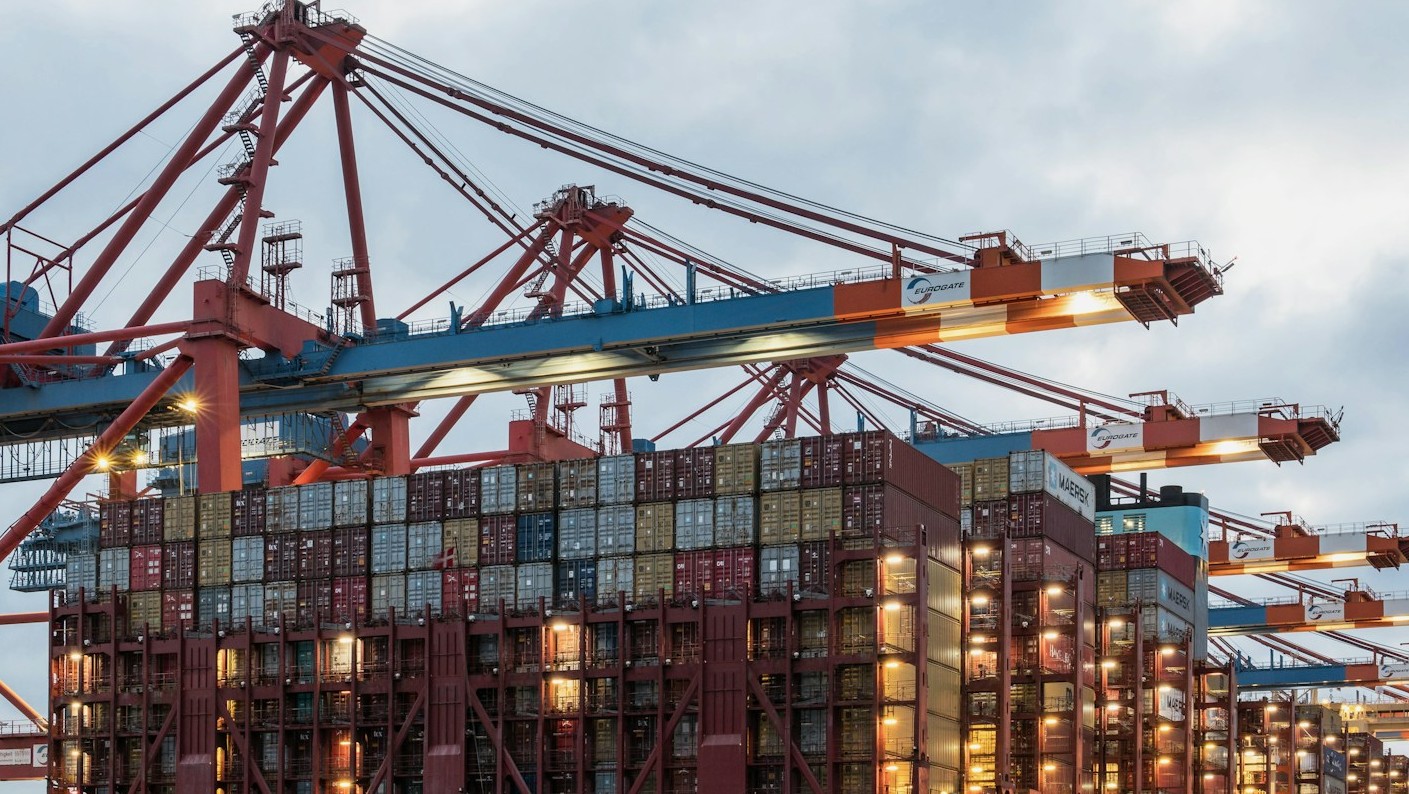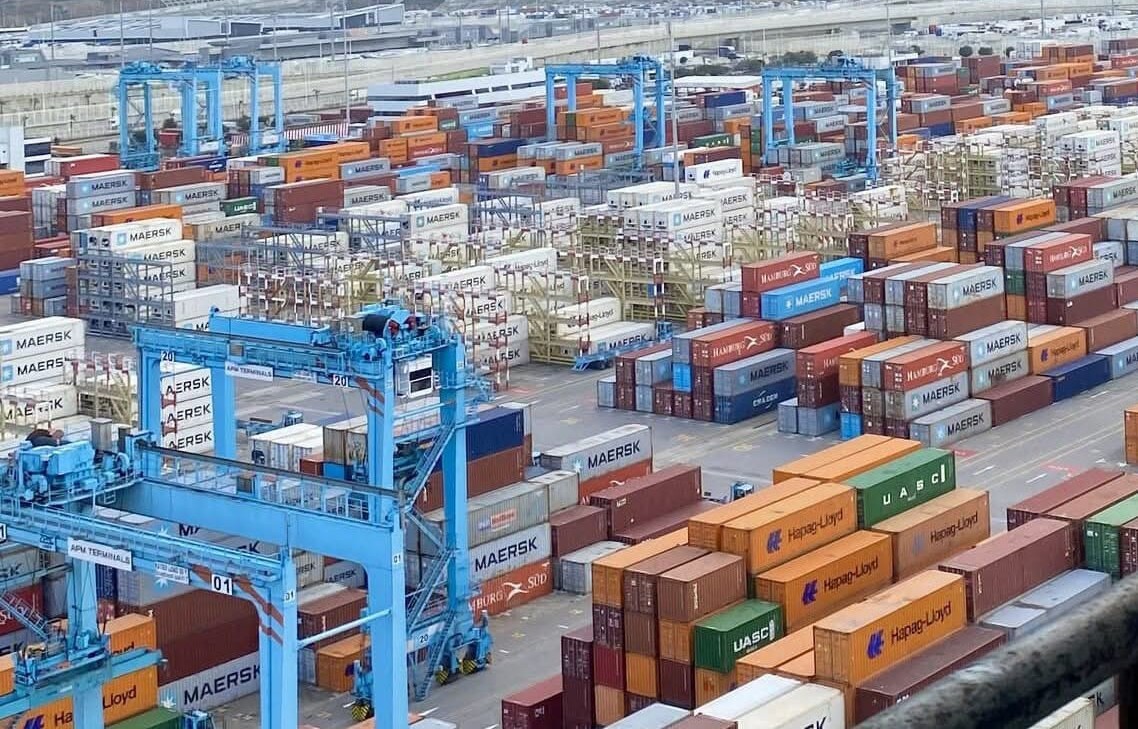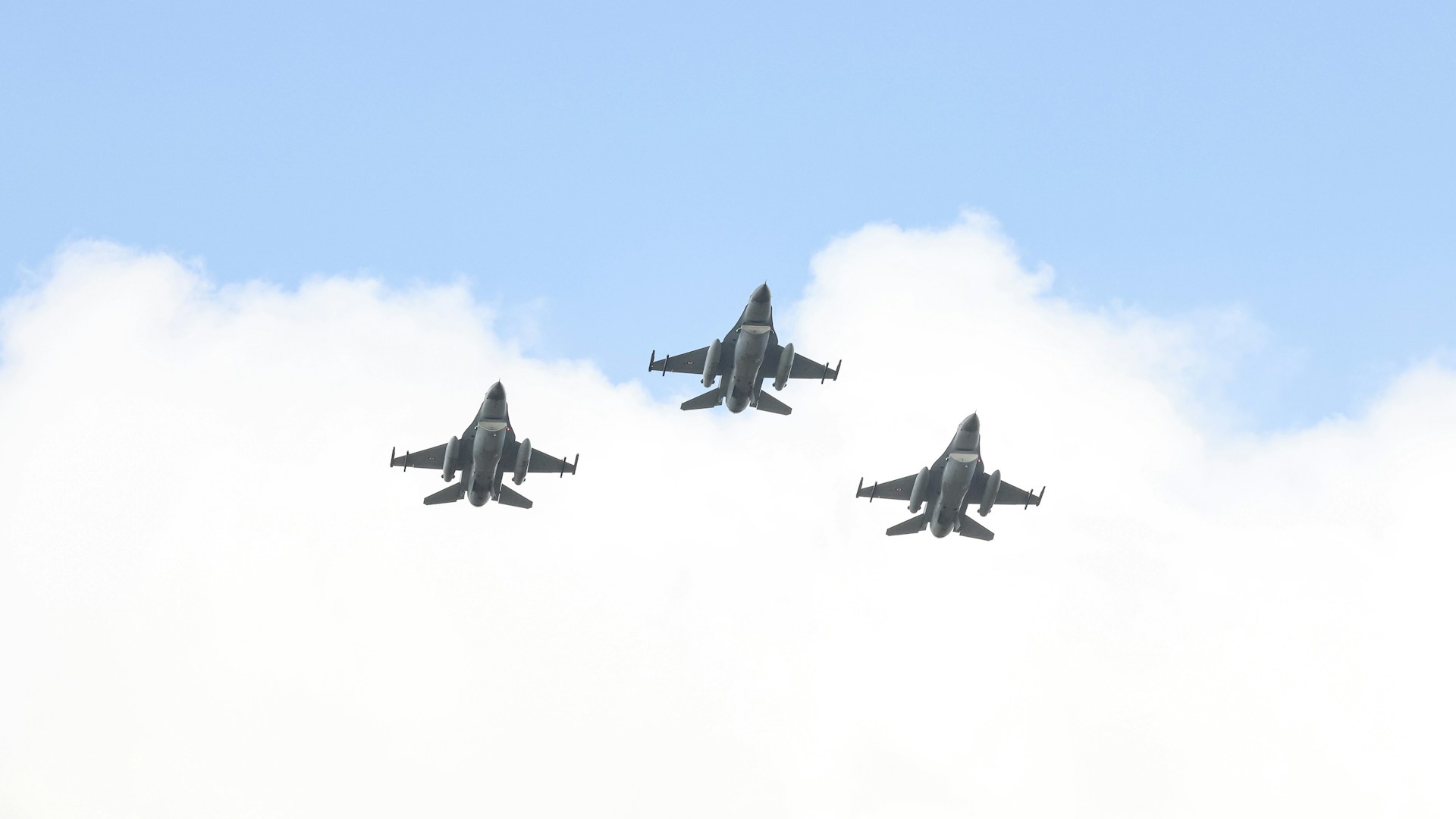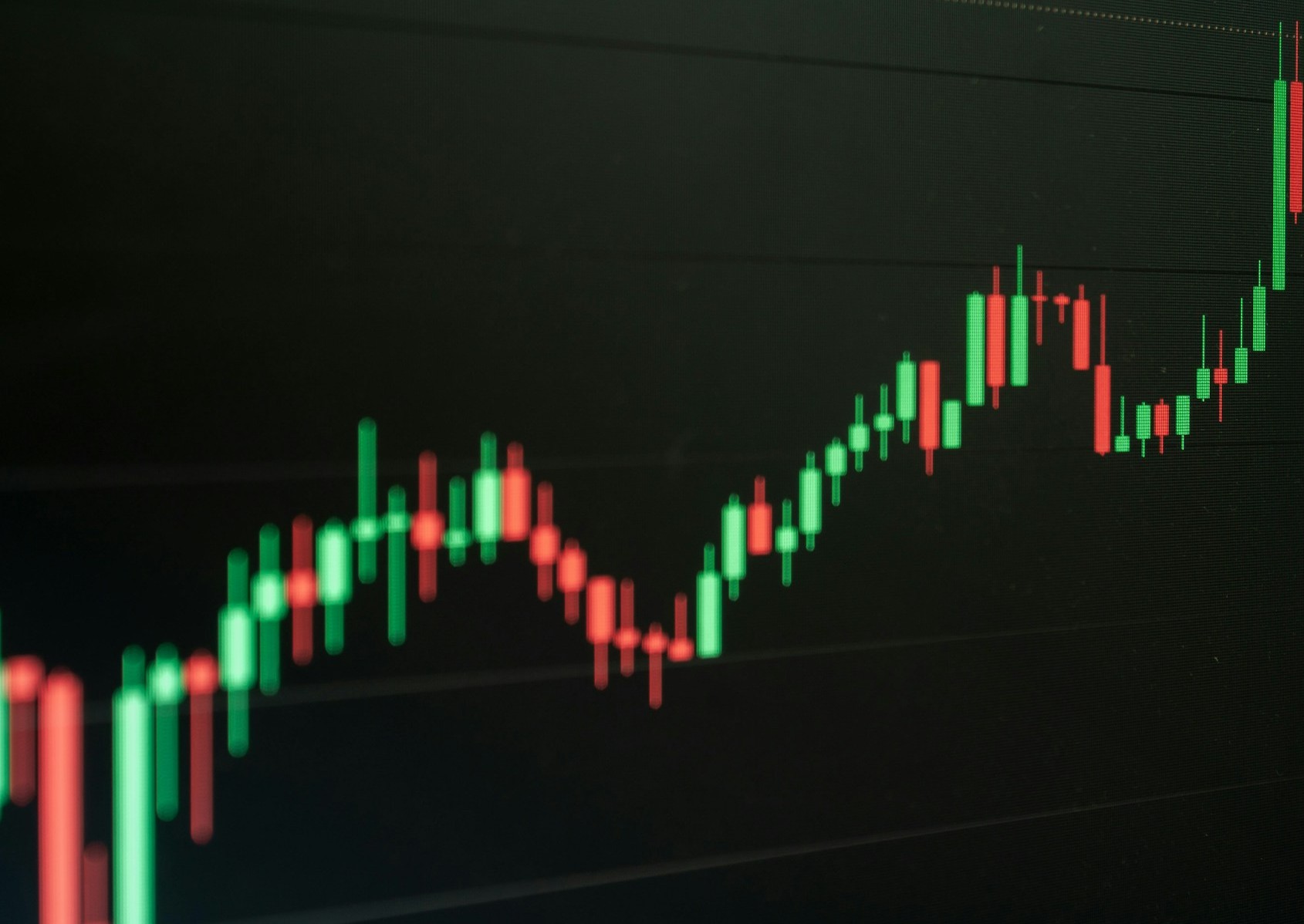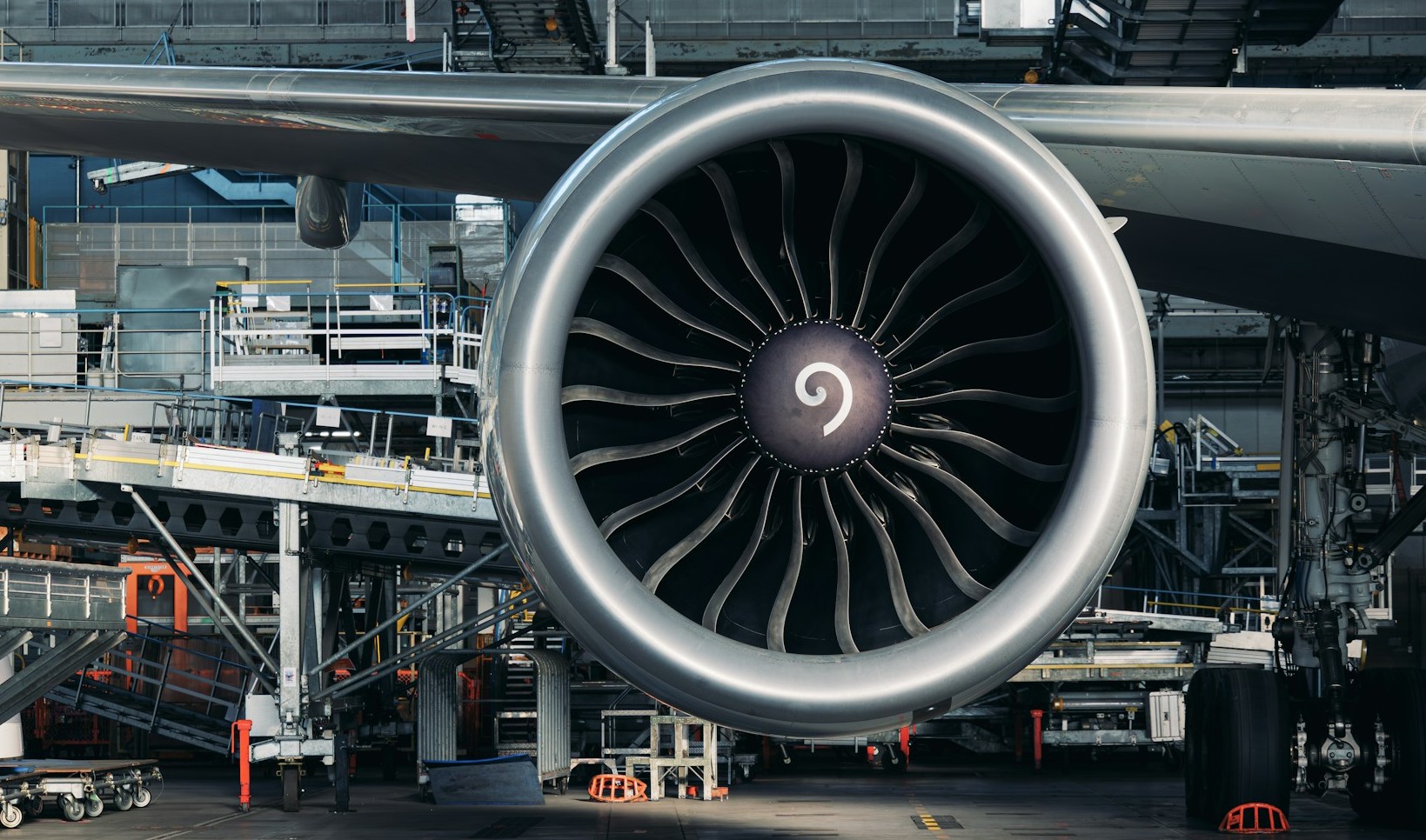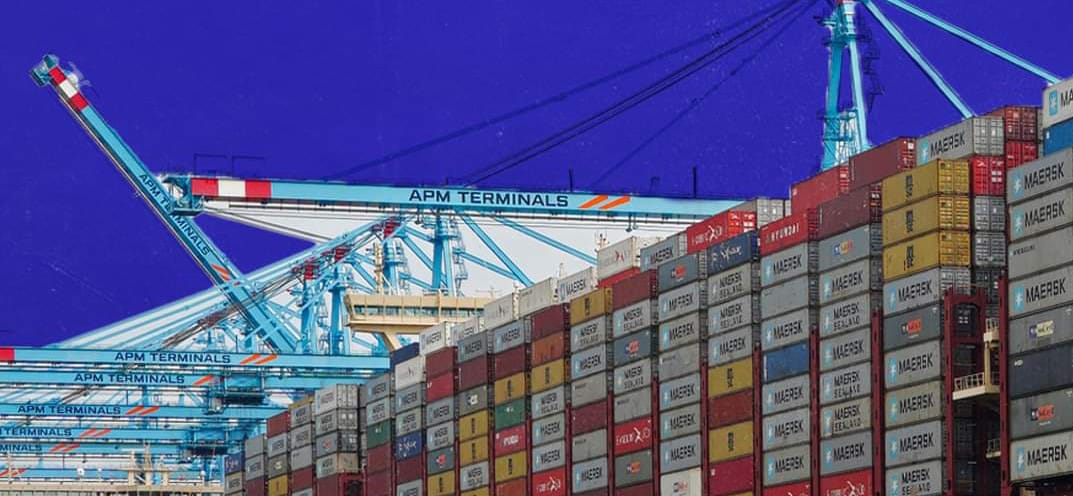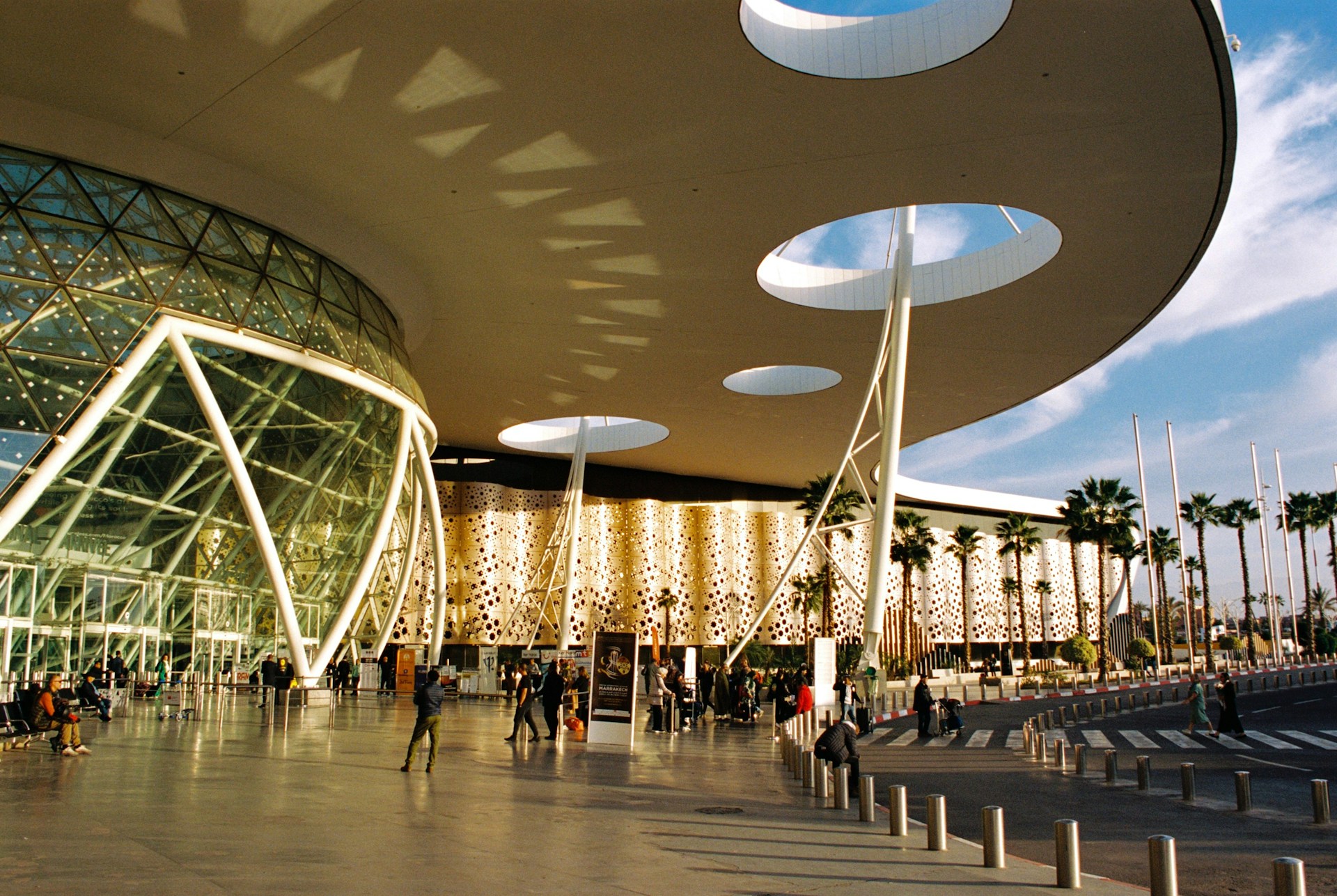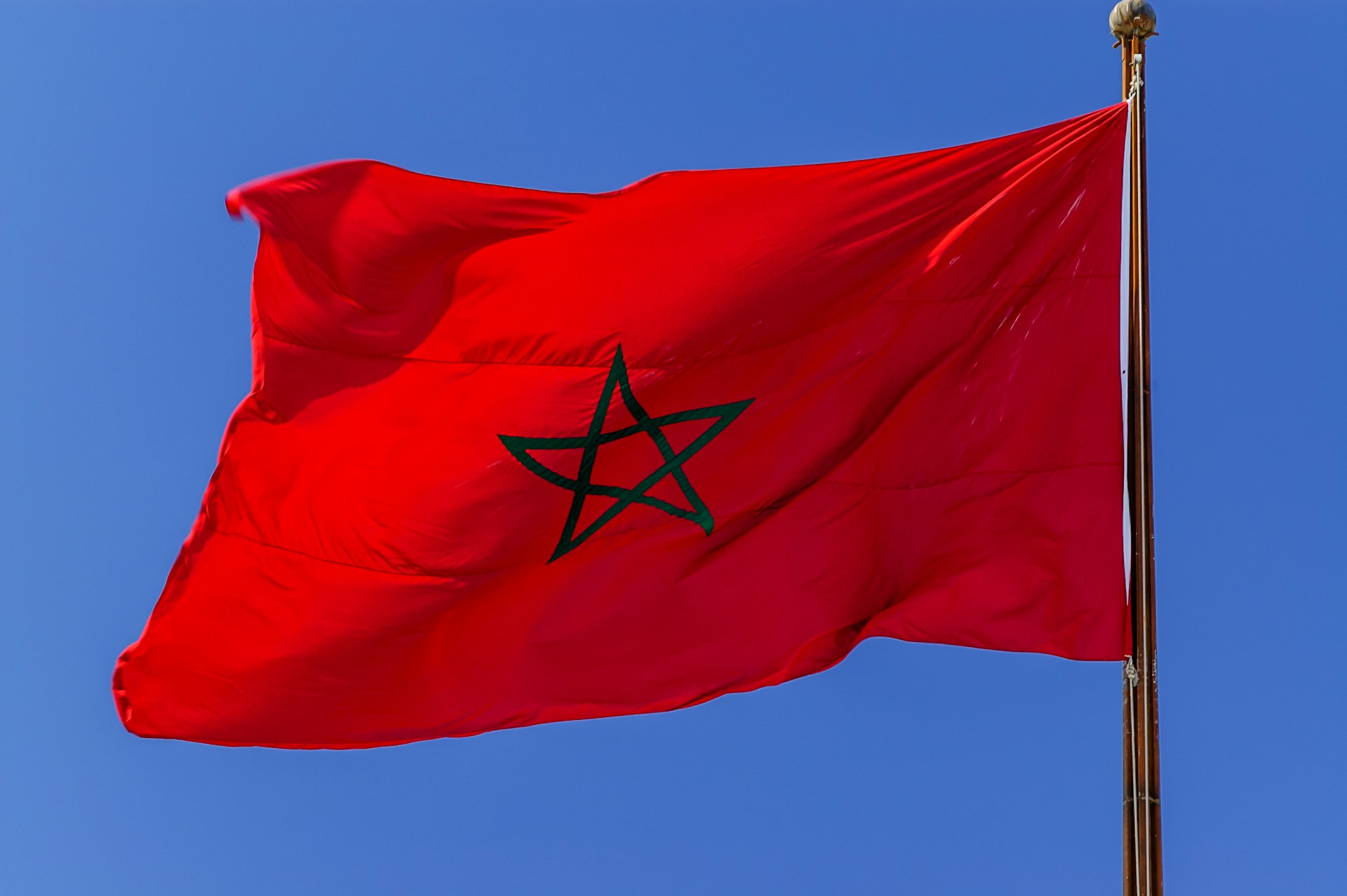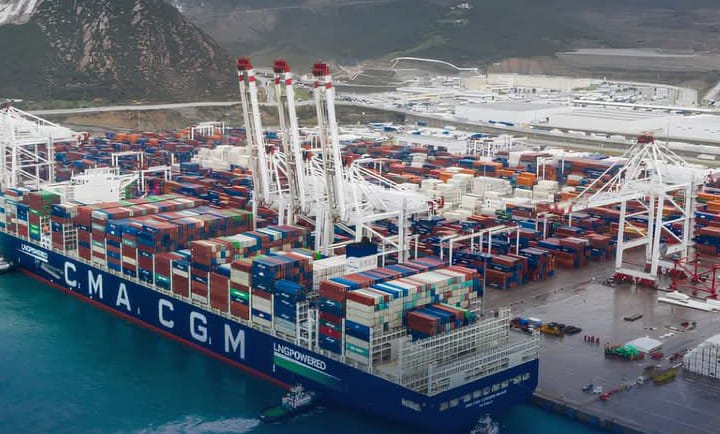Casablanca – The European Investment Bank (EIB) has praised Morocco’s banking system as one of the most advanced and resilient in Africa, according to its latest report titled Finance in Africa – Unlocking Investment in the Era of Digital Transformation and Climate Transition. The report, which evaluates the performance and stability of banking systems across Africa, highlights Morocco’s exceptional position, particularly in terms of private sector lending, financial depth, and overall stability.
Morocco’s banking sector: The leading light of North Africa
According to the EIB’s comprehensive assessment, Morocco’s banking system stands out with a private sector credit-to-GDP ratio of 88%, the highest in North Africa. This puts the kingdom well ahead of its regional counterparts, such as Tunisia, Egypt, and Algeria, whose credit-to-GDP ratios are significantly lower at 62%, 31%, and 21%, respectively.
This financial depth has allowed Moroccan banks not only to support substantial domestic economic growth but also to expand their operations well beyond Morocco’s borders. The sector includes 24 banks—19 traditional and five Islamic—which collectively hold assets that represent about 130% of the nation’s GDP, according to the EIB report.
Strong financial indicators
The EIB’s report points out that Morocco’s banking sector is “among the deepest and most sophisticated in Africa,” noting its strong performance in several key indicators such as profitability and low non-performing loan (NPL) ratios. In 2023, the country’s NPL ratio remained stable at a moderate 8.6%, despite some difficulties faced by private companies in repaying loans granted during the COVID-19 pandemic. These challenges have been comparatively manageable, with the Moroccan banking sector displaying notable resilience.
The Moroccan banking system has also benefited from a favorable operating environment. Higher interest rates have significantly bolstered bank profitability, with the return on equity rising from 10.9% in 2022 to 11.8% in the first half of 2023. The profitability is further supported by low-cost resources, such as deposits from current and savings accounts.
Concentration and shifting dynamics in Morocco’s banking sector
The concentration within Morocco’s banking sector remains high, with the three largest banks holding approximately 62% of the total assets. Despite this, the report reveals a significant shift toward the private sector. Public banks’ share of total banking assets has been steadily decreasing from 40% in 2002 to 22% in 2023, marking a trend towards diversification in ownership and economic strategies.
Additionally, the EIB report emphasizes the substantial role of Moroccan banks in expanding their reach beyond national borders. They are now present in over 45 countries across North Africa and sub-Saharan Africa. The three largest Moroccan banks have cross-border assets that account for about 27% of their total assets, underscoring Morocco’s growing financial influence on the continent.
Regional comparison: Challenges for North Africa’s other economies
While Morocco’s banking sector has shown resilience, neighboring countries are facing different economic realities. The report highlights that Algeria and Tunisia are grappling with higher inflation rates, which have hampered credit growth. In Algeria and Tunisia, the inflation rate of around 9% has outpaced credit growth, causing a real contraction in credit. As a result, non-performing loans in Algeria have reached 20% of total loans, the highest in the Maghreb region. Similarly, Tunisia recorded a non-performing loan ratio of 12.6% in 2022.
In contrast, Egypt’s banking sector has shown consistent improvement, with non-performing loans steadily declining over recent years, even during the pandemic. The Egyptian central bank’s measures to support businesses and manage risks have contributed to a significant reduction in NPLs, which stood at just 3.3% at the end of Q3 2023.
Morocco’s financial resilience amid global shifts
The EIB’s evaluation highlights the critical role that regulatory capital requirements play in ensuring the stability of Morocco’s banking system. With a Tier 1 capital ratio of 12.9%, Morocco’s banks comfortably exceed the minimum regulatory requirement of 9%. Additionally, stricter capital requirements are expected to be introduced for the largest Moroccan banks by 2025, further reinforcing the sector’s stability.
Despite facing challenges such as economic uncertainty and global financial shifts, Morocco’s banking sector remains a beacon of financial stability and sophistication in North Africa. The EIB’s report underscores the significant role that Morocco plays in the African financial landscape and highlights the resilience and dynamism of its banking system as it continues to grow regionally and internationally.
